
- March 17, 2025
- אורלי ערן
- 0
Interior design is an art that combines functionality and aesthetics, but even the most experienced designers can make mistakes.
Here are five common interior design mistakes and how to avoid them:
1.Ignoring Functional Needs:
A beautiful but impractical design is not useful! Your home design should match your lifestyle—for example, choosing durable furniture if you have children or pets, or planning enough storage space to keep the home organized.
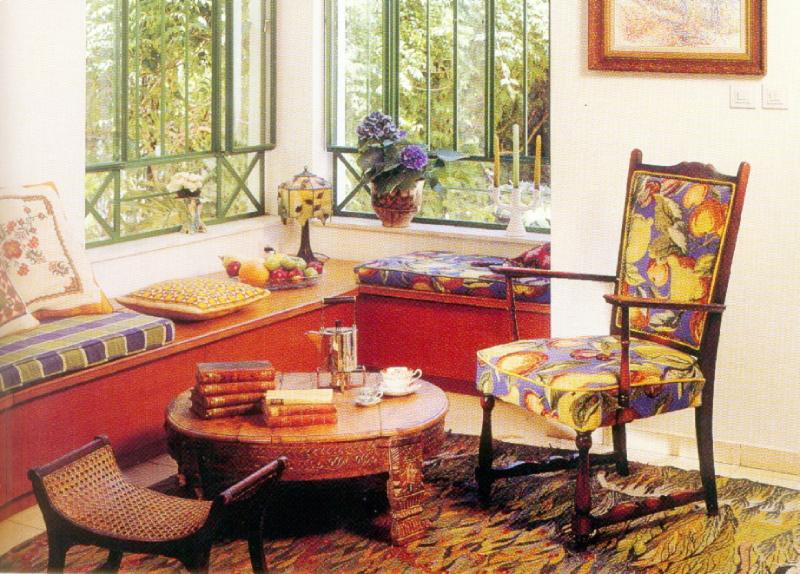
(read more about this apartment here)
2. Ignoring Room Size and Unbalanced Proportions
Many people choose furniture that is not proportional to the space, leading to a feeling of overcrowding or, conversely, an overly empty room.
Using furniture or decorative elements that do not fit the room’s proportions can disrupt the design balance. For example, a rug that is too small can make a space look cluttered and unorganized, while an oversized sofa can completely overwhelm the living room. It is advisable to select furniture and decorative elements that suit the room’s size and to plan the space accordingly.
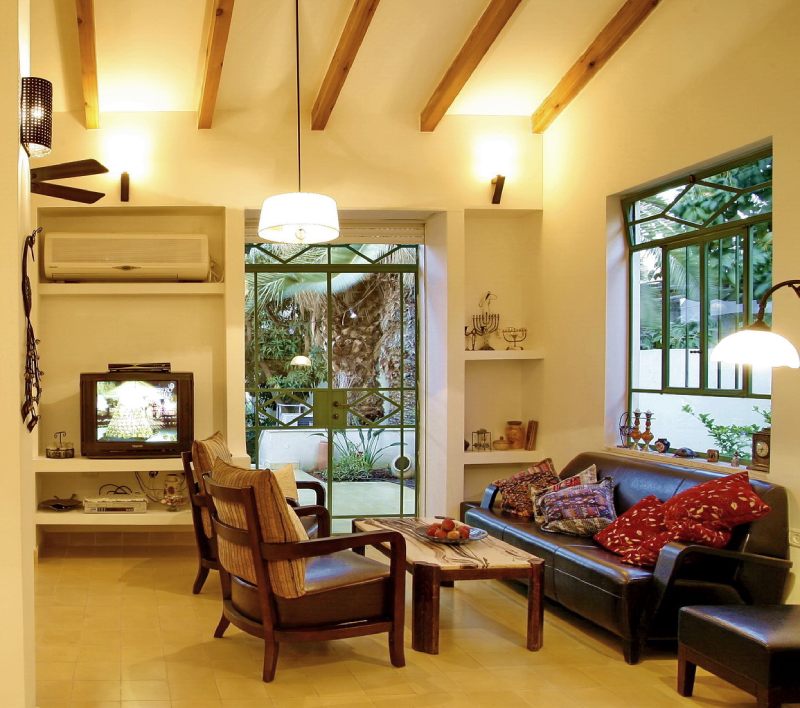
(read more about this apartment here)
3. Lack of Planning
Successful interior design requires precise planning, yet many people start designing without a clear strategy. Before making any major changes in your home, it is recommended to create a design plan that includes sketches, color selections, and a detailed shopping list.
With careful planning and a balance between beauty and functionality, these mistakes can be avoided, resulting in a pleasant and comfortable home.
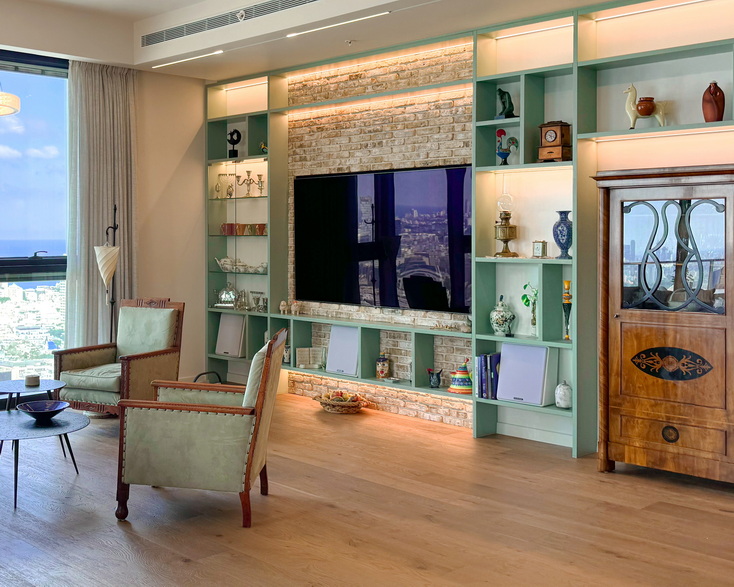
(read more about this apartment here)
4. Insufficient Lighting
Proper lighting can make a space warm and inviting, while poor lighting creates a gloomy and unappealing atmosphere.
Many people rely on a single central light fixture, but it is important to combine different types of lighting: general lighting, ambient lighting, and task lighting.
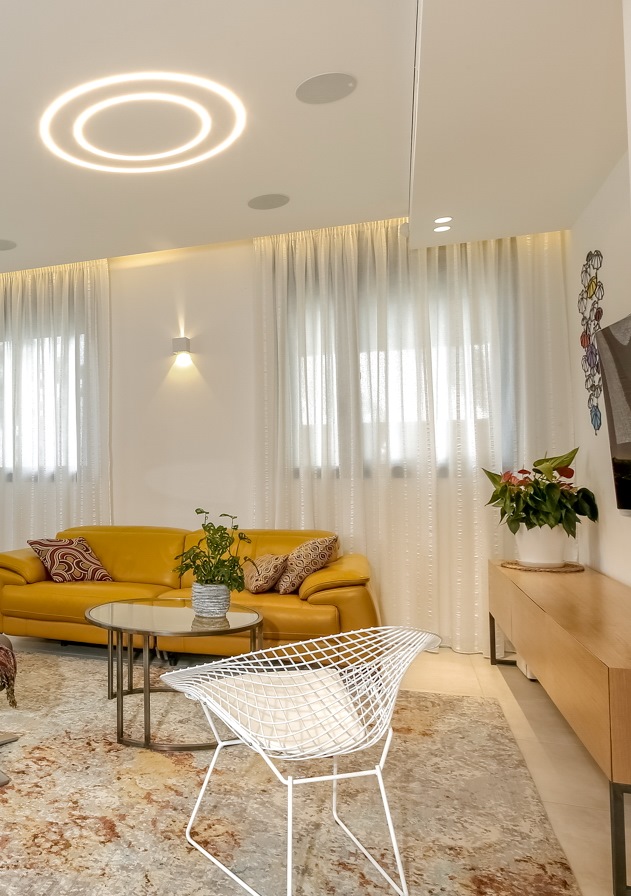
(read more about this apartment here)
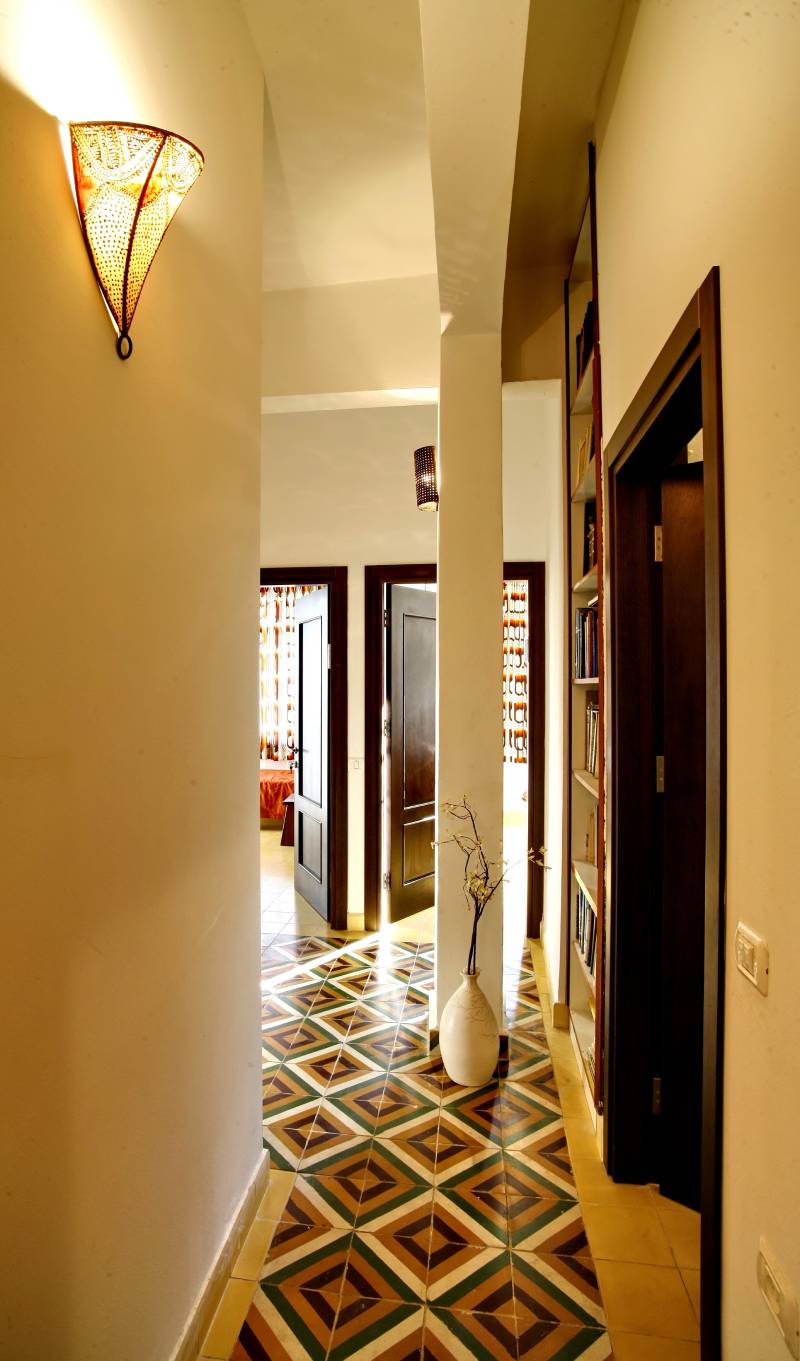
5. Overlooking Acoustics
Many people are unaware of how acoustics affect home comfort. Hard floors, high ceilings, and a lack of textile elements can create echoes and unpleasant noise.
Adding rugs, curtains, and upholstered furniture can improve acoustics and create a more comfortable environment.
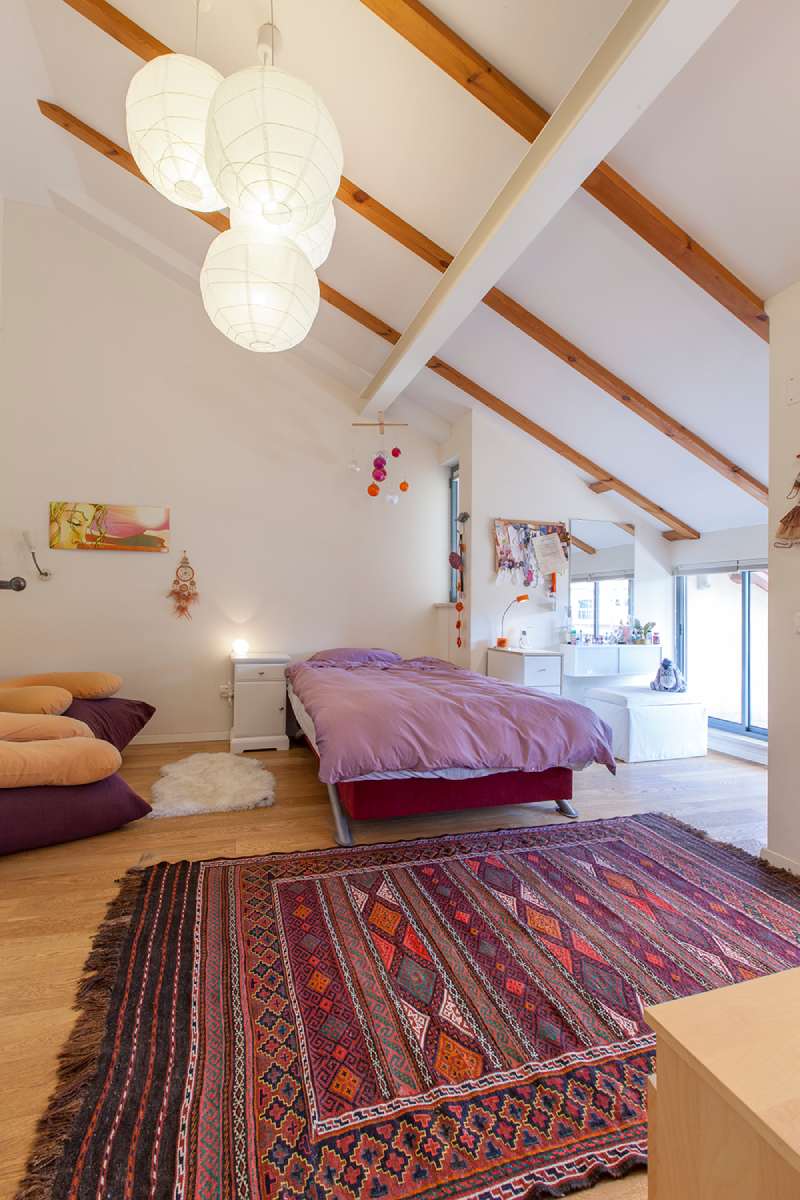
(read more about this apartment here)
By planning ahead and maintaining a balance between aesthetics and functionality, you can avoid these mistakes and create a cozy, well-designed home for all its residents.
